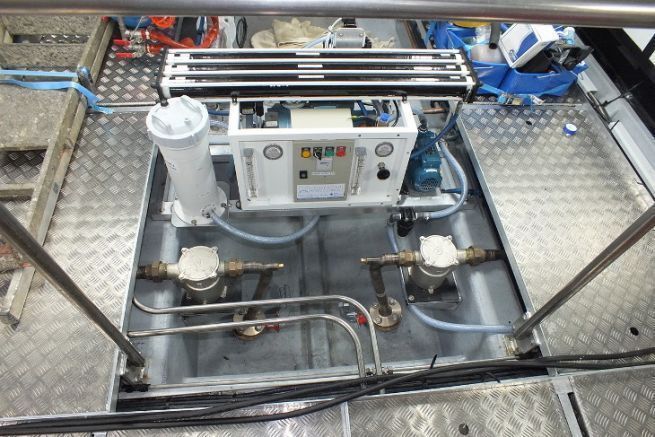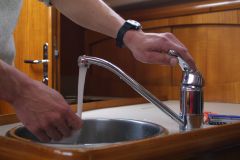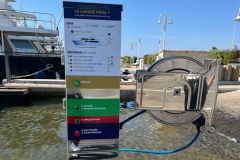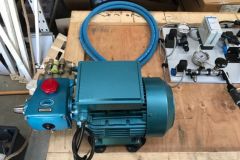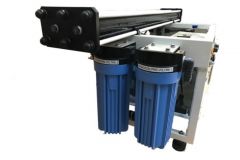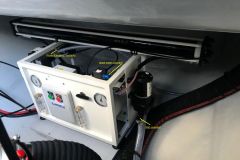Vacuuming and filtering sea water
Watermakers are increasingly present on our pleasure boats. But how do they work? Let's review the main stages of fresh water production on board, with the specialists from Compagnie Hydrotechnique.
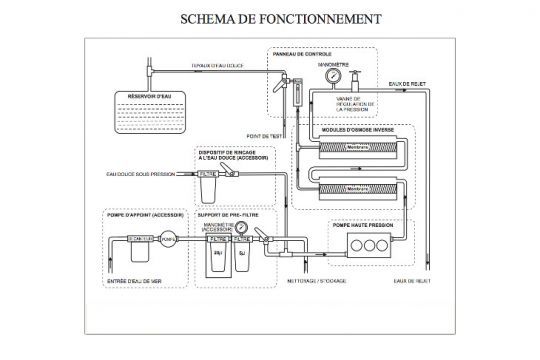
The first step is to pump seawater through a strainer located on the bottom planking. The strainer allows a first coarse filtration at 150 microns. Pierre Taillefer, a technician at the Compagnie Hydrotechnique explains: "This allows us to retain algae and large impurities and protect the low pressure pump
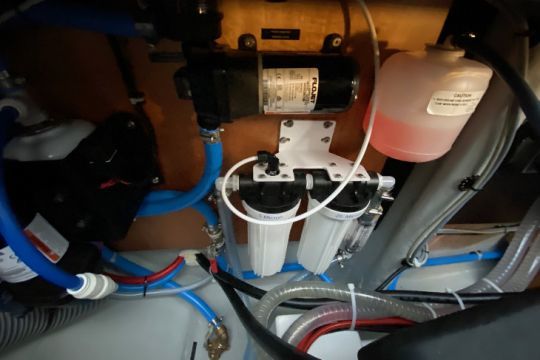
The high pressure pump then takes over to start the heart of the desalination process.
Desalination by reverse osmosis
Similar to a marinized karcher pump, the machine draws in filtered seawater and sends it through the watermaker membranes at a pressure of about 60 bar, which is called high pressure or HP pressure. The speed of rotation of the high pressure pump determines the flow rate that feeds the reverse osmosis membranes. This flow rate must be constant because it ensures the self-cleaning of the membranes with the right ratio between the flow rate of produced water and the feed rate.
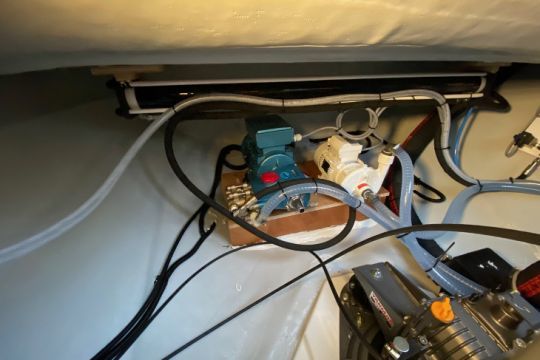
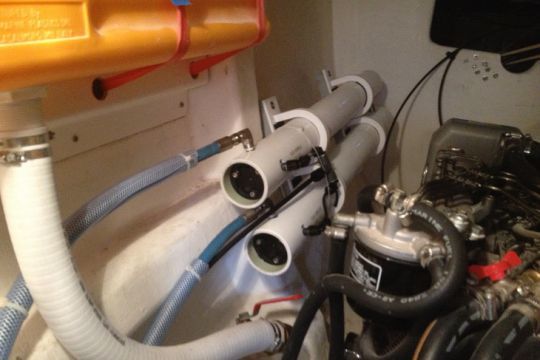
On average, for every 100 L of water drawn, a watermaker produces 10 L of fresh water for the ship's crew and 90 L is discharged into the sea with a higher concentration of salt. A watermaker producing 300 L/h must pump 800 L/h. The smallest devices have an output of 10%, the largest ones have an output of up to 30%.
Water that's good to drink
Even though they are often more than just the boat's source of fresh water, boaters are sometimes concerned about the risk of drinking it. In temperate waters, when manufactured at 25°C, the watermaker's water contains about 400 ppm, which is within conventional standards. In the very cold waters of the far north, the number of particles can drop to between 50 and 100 ppm, close to demineralized water. The maximum allowed according to the rules of the World Health Organization is 1000 ppm. You start to feel a salty taste at 1200 ppm. "It would be a problem if we didn't eat anything on the side, we can also add a remineralization filter and carbon filters" concludes the technician of the Compagnie Hydrotechnique.
Only the technique of desalination by evaporation, used on commercial ships, produces distilled water unfit for human consumption, without the addition of mineral salts.
